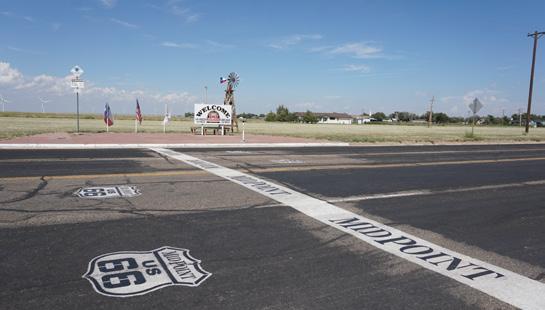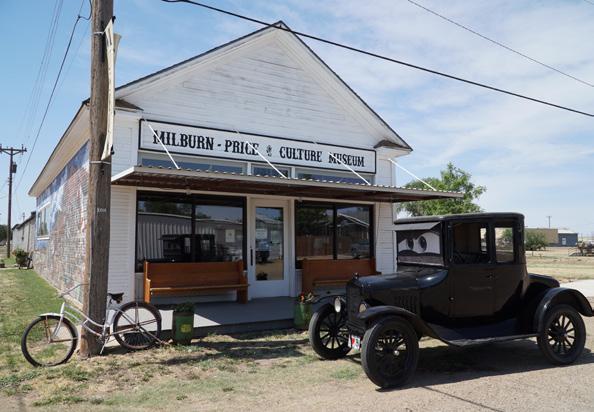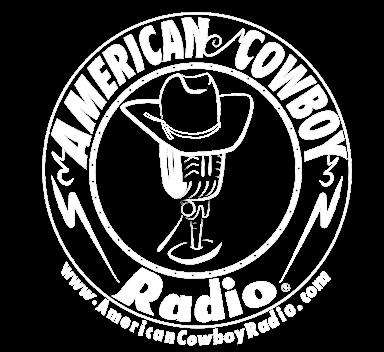
6 minute read
Texas Route 66: In The Middle Of It All
By Nick Gerlich
Texas. The very word causes eyes to widen and pulses to skip a beat. It’s a place whose name is its own marketing campaign, tag line and all. Even though Texas had only the second-most miles of Route 66, with 178 miles beelining across the Panhandle, the eastern border at the 100th meridian is where Mother Road tourists know that this is the spot where the old road really kicks it up a notch. It’s the very middle of the route, literally and figuratively, and the perfect place to take a breather along the 2,400 mile journey from Chicago to Santa Monica, or for those who live nearby to take a day trip.
For those who call this part of Texas home, we take for granted the wide open spaces, the abundant sunshine (did you know that Amarillo is the 16th sunniest city in the US?), the everpresent breeze, sunrises and sunsets that you can almost reach out and touch. But for those who live elsewhere in the US,

or who (like more than 20% of all Route 66 travelers) live outside the US, all of these things are new to them and part of the mystique and legend that makes Texas the great state it is.
So when motorists cross the 100th heading west, an entirely new world opens before their eyes. Gone is the Midwest with its lush tall grasses and trees. Gone is the transitional zone west of Oklahoma City, where the trees and the population start to thin out. In their place are short-grass prairies, trees that only grow where God put them, skies that scream for our attention and stars at night so big and bright that—well, you must be deep in the heart of Texas.
But it’s also where the west was won, where cowboys were not just mythical creatures of lore but the folks who tamed the land before it could tame them. They drove cattle over the plains across which you could see for 20 miles, through canyons and arroyos, from pasture to pen. In the process, they created the place that now serves about 30% of the beef this country eats.
And most Route 66 guests through these parts would feel they missed out if they didn’t at least stop to have a big, juicy steak somewhere along those 178 miles, be it at the Red River Steakhouse in McLean, the fabled Big Texan in Amarillo or any number of independently-owned restaurants doing their best to keep it local.
From the Art Deco styling of the 1936 Tower Station and U-Drop Inn in Shamrock, to the eerie ghost town of Glenrio—the only Route 66 community with a state line running through the middle of it—Texas has a lot to offer anyone wishing to take a drive or ride in the past lane. Amarillo sits conveniently near the middle, offering everything tourists would expect in a bigger city,

from modern and historic lodging to professional sports, from entertainment to comfort foods, breweries and progressive American fare.
No matter how you want your serving of Texas Route 66 prepared, we’ve got it covered, and you can count on it being well-done.
Route 66 across Texas is pretty easy to follow because it tends to hug Interstate 40 most of the way, diverting only to go through the dozen or so towns and communities along the way. From the clackety-clack of the old Portland

cement slabs in the east, to where you fall off the Caprock in the west and head into the land of mesas, Texas’s portion of Route 66 calls us to slow down, take lots of photos, enjoy hospitality the Lone Star way and say howdy to the folks who call it home.
Texas can lay claim to several inspirations and portrayals in Pixar’s Cars movie (2006). Thanks to the Pixar team taking multiple drives across parts of Route 66 a few years earlier with author Michael Wallis, they met the people, saw the land and buildings, heard the stories. On the big screen, the Tower Station and U-Drop Inn appear as Ramone’s Body Shop, while a closed business sports the name “Glenrio” and bears a striking resemblance to the Little Juarez diner in Glenrio. The Leaning Tower of Tires seems to be inspired by Britten’s leaning water tower near Groom, and the outline of Amarillo’s tail-finned Cadillac Ranch appears as the silhouette of the nearby mountain range outside Radiator Springs. Oh, and Fran Houser, renowned for her years at Adrian’s Midpoint Cafe, played a big role in how Pixar created the character of Flo at the V-8 Diner.
Not bad for only 178 miles. You could make a day of just tracking down Cars references.
Just east of Amarillo, the world-famous Cross of Groom stands 190-feettall, with statues depicting the stations of the cross and inviting the faithful as well as other seekers to ponder the significance of it all.
There’s much more, of course, especially in Amarillo. Enter town on Amarillo Boulevard from the east, and notice the steady parade of mid-20th-century relics from when Route 66 was the only highway shuttling people east and west. The Triangle Motel still stands, as does its neon sign, although it is no longer in business. An old Whiting Brothers gas station is on the north side, followed by Cattlemen’s Cafe and the Cowboy Motel. Watch for the rusting sign with the large “A” on top; this was the home of the Aviatrix ballroom decades ago. Numerous other motels and restaurants are still being used today, interspersed with new structures that give the Boulevard a multigenerational vibe.
Downtown has the 1926 Herring Hotel at the corner of 3rd Ave and Pierce, which opened six weeks after Route 66 was signed into law. The old Barfield Building is being transformed into a posh Marriott Autograph hotel. A few blocks west on 6th Avenue are many reminders of the 1950s, from auto dealers to diners, a motel and Amarillo’s first public hospital. The Route 66 Visitors Center is right across the street in what was once Myers Fried Chicken, dating back to the mid-1940s.
But wait, there’s more! Starting at Georgia Street on 6th and continuing west for one mile to Western is the famous Historic Route 66 neighborhood of shops, cafes and bars. It provides one of the most concentrated offerings of 66-themed businesses anywhere along the Route.
Heading west from Amarillo is Vega, where the Milburn-Price Culture Museum offers a top-drawer collection of regional artifacts. And in Adrian, the Midpoint Cafe is still serving comfort food with a slice of American pie for dessert.
The last thing to see along Texas Route 66 requires a short hop on the freeway for 18 miles to Exit 0, where Glenrio awaits. Founded in 1903 when the Chicago, Rock Island and Pacific Railway forged eastward from Tucumcari, New Mexico, Glenrio is a portmanteau combining the Scottish “glen” for valley and the Spanish “rio” for river. Unfortunately, neither exist, but the town’s name is a far cry better than its original moniker, Rock Island.
When the freeway came through in the mid-1970s and bypassed the town, it was like flipping a switch. The lights went out on Glenrio, leaving only a handful of residents and barking dogs. The remains of this town straddle two states and provide an hour or two of photo ops.
While the journey across the Texas Panhandle may not take long in the grand scheme, there is much to see and do along old Route 66. It’s the perfect speed bump for those doing the whole Route, but it is just as grand for those who live nearby and want an exhilarating staycation. Either way, you are in the middle of all the excitement.


